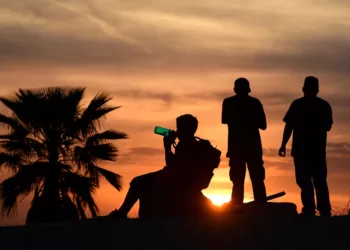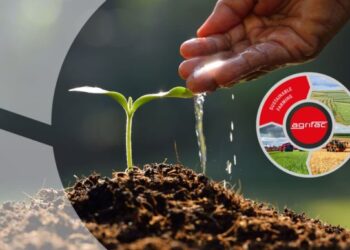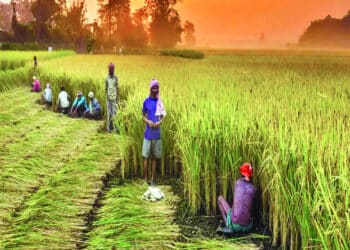In the deep ends of the mighty rivers of the world, a £10m DNA project is all set to explore biodiversity with the recently launched eBioAtlas program which scientists believe will help to combat the extinction crisis.
The International Union for Conservation of Nature (IUCN) announced a collaboration on June 17 with NatureMetrics to tackle the extinction crisis with the help of cutting-edge DNA technology by capturing data from freshwater rivers such as the Ganges.
Latest to back the project that will map the amphibians, birds, fishes, and land animals species, is Hollywood actor Robert Downey Jr.

The ‘Iron Man’ will fund the first river basin project in Tanzania’s Malagrasi wetlands through his FootPrint Coalition which uses robotics and nanotechnology to clean up the planet.
Overfishing, pollution, and siltation are affecting the measures to conserve freshwater ecosystems in addition to the unknown indigenous species that exist in the systems.
To conserve the already damaged systems sustainably, the adoption of environmental technology is necessary.

According to a UN report in May, the annual global spending to protect and restore nature on land needs to triple this decade to about $350 billion.
The head of IUCN’s freshwater biodiversity unit, Will Darwall said, “We aim to do a global eDNA blitz if we get sufficient funding.

We can’t just do little bits here and there. I think this is a real game-changer because identification can be so much faster. If you are lucky and you have clear rivers, as we do in the UK in some cases, you might see some of the life underwater.
But if you go to a river like the Mekong with giant rays and giant catfishes, you’ll never see them because of the turgid water. What you don’t see, you don’t miss.”
Freshwater ecosystems, though covering only around 0.8 percent of the world’s surface, are home to 12% of the world’s known species.
This project will help provide baseline data to help formulate a plan to safeguard the wildlife from energy production activities.
Nature Metrics, an organization providing genetic techniques to monitor biodiversity, will be providing the technology to implement the project.
Kat Bruce, the founder and Chief Technical Officer of Nature Metrics said, “If you’re looking at animals in the UK and Europe, the databases are pretty complete, even for insects.
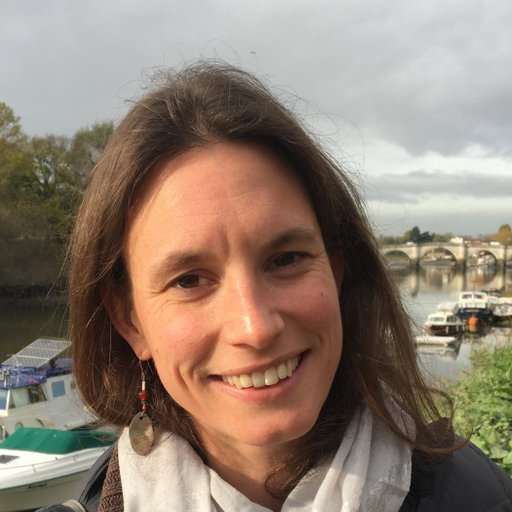
It’s a different story in the Amazon, for example, where only around a quarter of fish species have been identified [based on available DNA sequences].
But the amazing thing about eDNA is that even if you can’t name everything, you’ve captured the diversity and you’ve got the sequences and can retrospectively add new names on data you’ve already got as references grow.”
More than 1000 locals will be trained to carry out sampling and 30,000 samples will be collected over three years from the Amazon, the Ganges, the Mekong Delta, the Niger Delta amongst others.
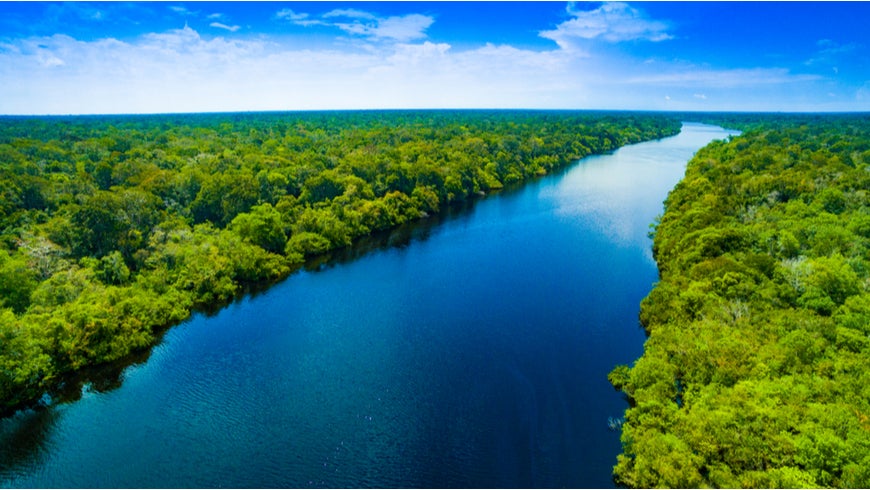
“The data collected will be made available free for research and conservation, with some access to the public via a website,” Bruce said.
The eBioAtlas program will be managed by IUCN and its own offices in 50 countries will be coordinating the sampling liaising with Civil Society Organisations in the regions.
Also Read:







